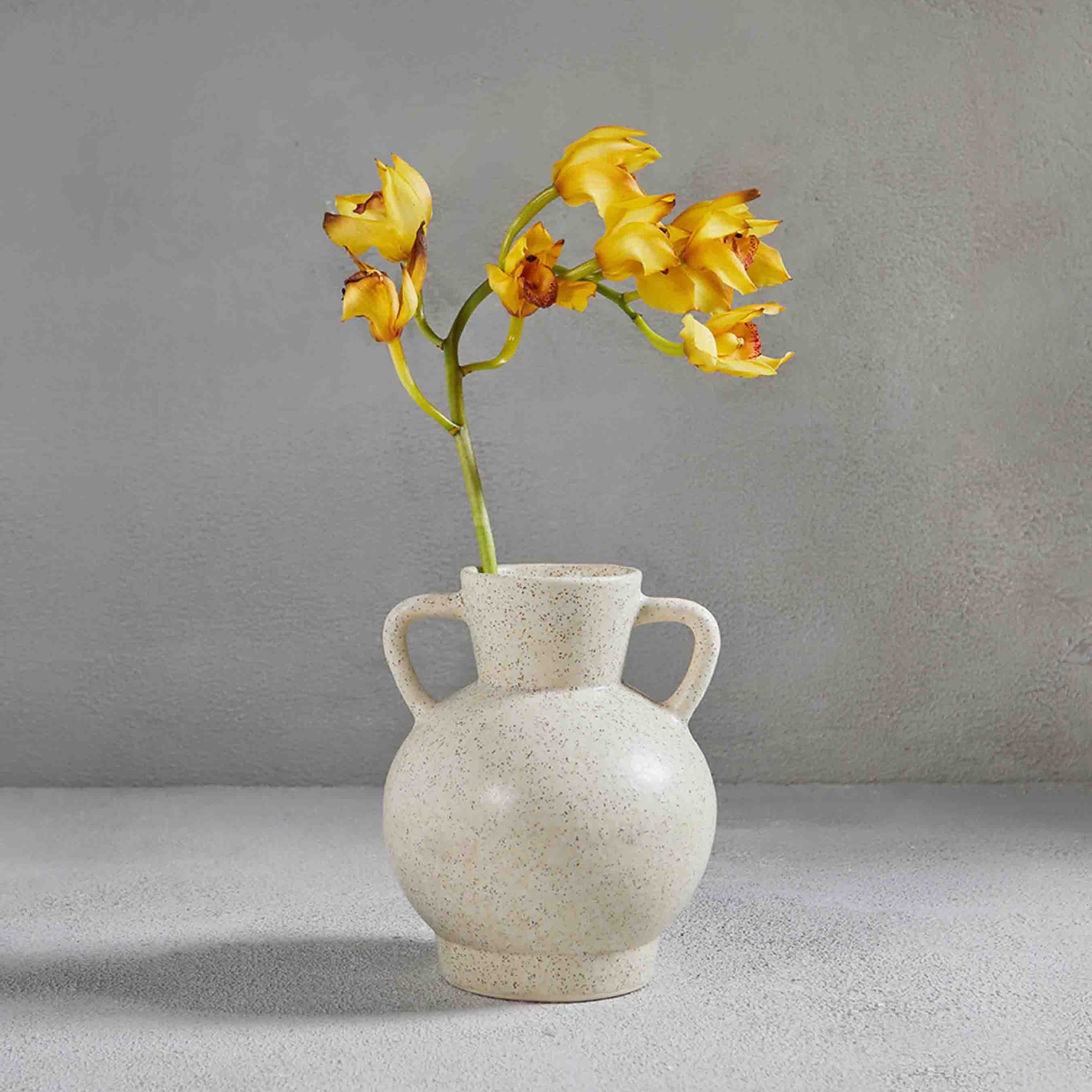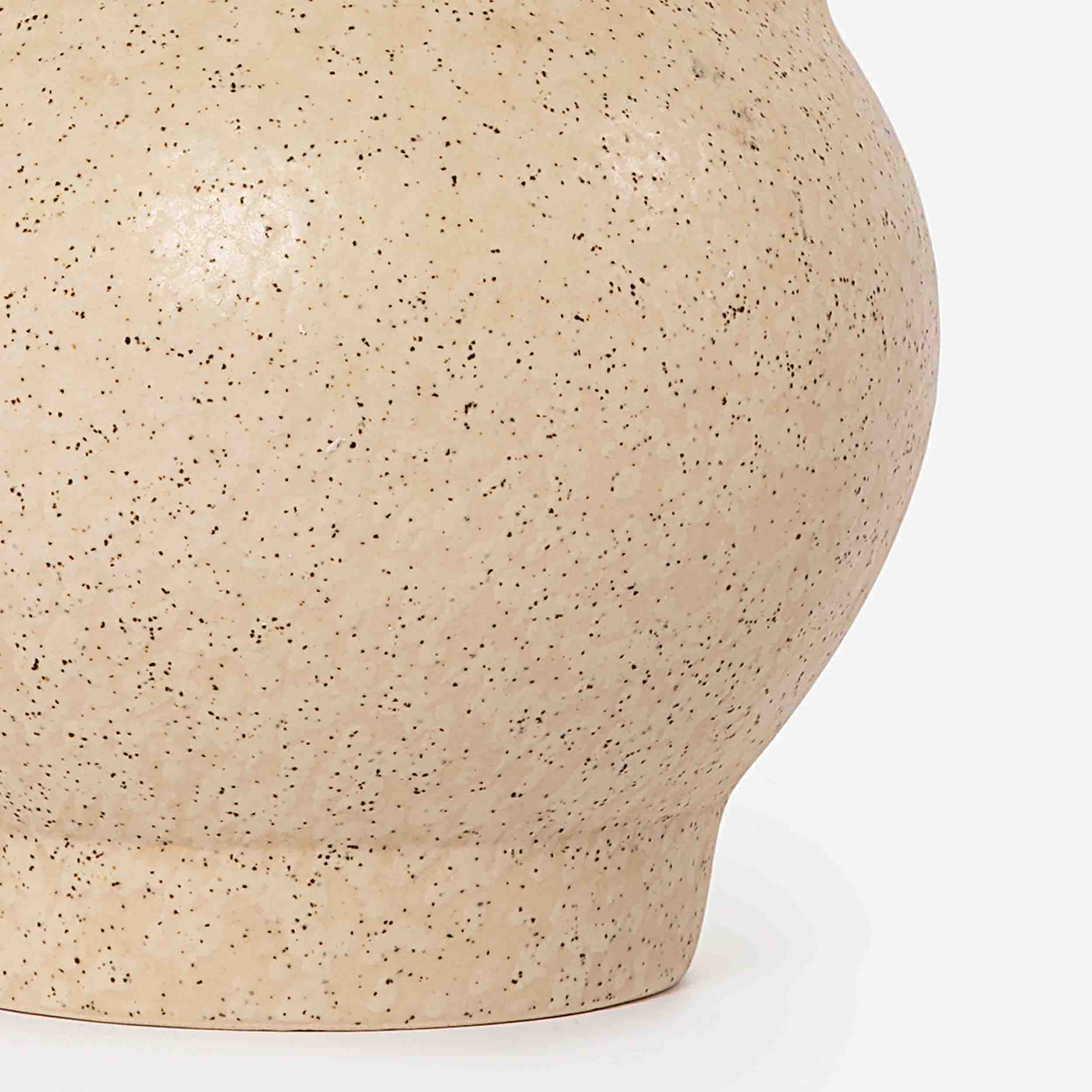FRESCA KULHAD
A deep blue ceramic kulhad that will instantly light up tea parties
A deep blue ceramic kulhad that will instantly light up tea parties
Craft Type: Studio Pottery
Bring out this rich blue ceramic kulhad to instantly make teatime more interesting. It’s a notch above your average kulhad, and is an impressive piece to serve guests and family their tea and coffee in.
This ceramic kulhad is handmade by artisans at Windglaze Studio Pottery, a studio based in Auroville near Pondicherry.
This product is handcrafted and slight variations in colours, textures and forms are to be expected.
Made in: Auroville
Material: Stoneware
Dimensions (cm): 8.3(L) x 8.3(B) x 7.3(H); Dia: 8.3
Dimensions (inches): 3.3(L) x 3.3(B) x 2.97(H); Dia: 3.3
Capacity: 200 ml
Weight: 190 grams
No. of pieces in a set: 1, One Tumbler
Clay, a natural material, is used to make ceramic wares. It is kneaded and then thrown on a pottery wheel, where it is shaped by hand into this product. The clay product then goes through the process of bisque firing, glaze application, drying, and then glaze firing to make the final ceramic product. Pottery in the Indian subcontinent has a long history — it has existed as a craft form for centuries. Evidence of earthenware has been found in the early settlements of Lahuradewa and later during the Indus Valley Civilization. Recent times have seen pottery taking on modern design sensibilities, aided by artists and potters that are breathing new life into the craft form. Studio pottery in India is said to have been started by Rabindranath Tagore in Shantiniketan, West Bengal. It further branched out into two styles, which developed in Delhi under Gurcharan Singh and in Pondicherry under Ray Meeker’s Golden Bridge Pottery.
- Wash by hand only, using a mild dishwashing soap. Dry using a soft towel or tissue before storing. Avoid stacking ceramic dishes in the sink.
- Ceramic products with gold leaf are not microwave-safe.
- While stacking for storage, consider using tissue in between ceramic products.
- Description
- Process & Craft
- Care
Craft Type: Studio Pottery
Bring out this rich blue ceramic kulhad to instantly make teatime more interesting. It’s a notch above your average kulhad, and is an impressive piece to serve guests and family their tea and coffee in.
This ceramic kulhad is handmade by artisans at Windglaze Studio Pottery, a studio based in Auroville near Pondicherry.
This product is handcrafted and slight variations in colours, textures and forms are to be expected.
Made in: Auroville
Material: Stoneware
Dimensions (cm): 8.3(L) x 8.3(B) x 7.3(H); Dia: 8.3
Dimensions (inches): 3.3(L) x 3.3(B) x 2.97(H); Dia: 3.3
Capacity: 200 ml
Weight: 190 grams
No. of pieces in a set: 1, One Tumbler
Clay, a natural material, is used to make ceramic wares. It is kneaded and then thrown on a pottery wheel, where it is shaped by hand into this product. The clay product then goes through the process of bisque firing, glaze application, drying, and then glaze firing to make the final ceramic product. Pottery in the Indian subcontinent has a long history — it has existed as a craft form for centuries. Evidence of earthenware has been found in the early settlements of Lahuradewa and later during the Indus Valley Civilization. Recent times have seen pottery taking on modern design sensibilities, aided by artists and potters that are breathing new life into the craft form. Studio pottery in India is said to have been started by Rabindranath Tagore in Shantiniketan, West Bengal. It further branched out into two styles, which developed in Delhi under Gurcharan Singh and in Pondicherry under Ray Meeker’s Golden Bridge Pottery.
- Wash by hand only, using a mild dishwashing soap. Dry using a soft towel or tissue before storing. Avoid stacking ceramic dishes in the sink.
- Ceramic products with gold leaf are not microwave-safe.
- While stacking for storage, consider using tissue in between ceramic products.
Country of Origin: India
Manufacturer Details: Windglaze Studio Pottery : No: 181/10, Old Auroville Main Road, Bommiarpalayam - 605104














